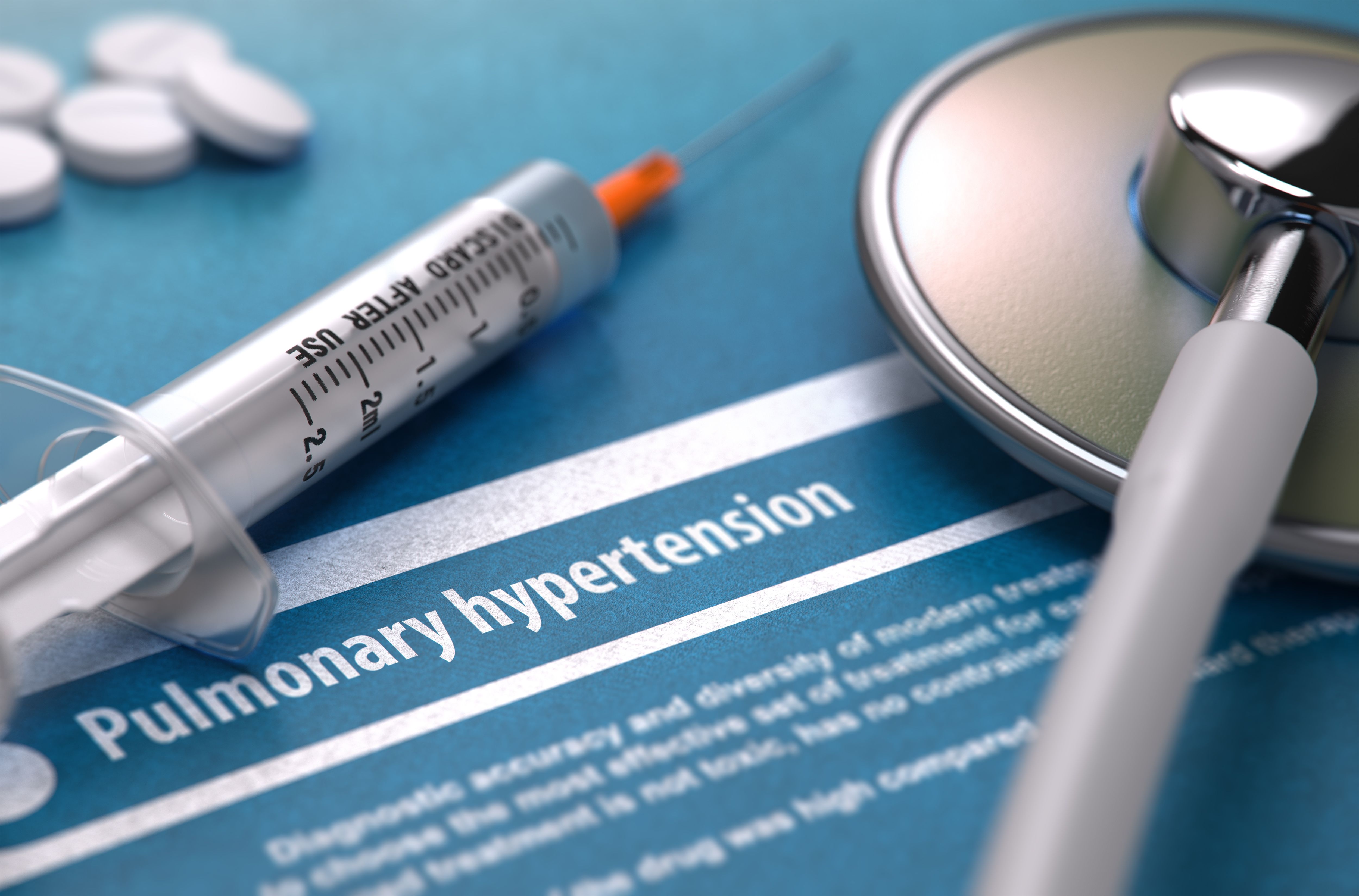- Center on Health Equity & Access
- Clinical
- Health Care Cost
- Health Care Delivery
- Insurance
- Policy
- Technology
- Value-Based Care
Top 5 Most-Read PAH Articles of 2024
The top articles about pulmonary arterial hypertension (PAH) in 2024 included FDA approvals, the effect of salt substitutes on hypertension, and how diagnosis time affects outcomes.
Outcomes based on diagnosis time, how salt substitute affects hypertension, and FDA approvals made up our 5 top articles of 2024 about pulmonary arterial hypertension (PAH).
Below are our top 5 most-read articles of this year. To view the entirely of our PAH coverage, visit our PAH page.
5. Researchers Emphasize Importance of Appropriate Kidney Transplant Management Based on PH Type
Considerations and management strategies for patients who are undergoing kidney transplant and also have pulmonary hypertension (PH) were outlined in a study published in February. These subtypes of PH included PAH and 4 groups that were secondary to other conditions, including heart disease, lung disease, and chronic thromboembolic disease. Disease severity, patient preferences, and safety profile should be considered for patients with PAH prior to their kidney transplant whereas the other groups should be treated through the use of the American Heart Association guidelines, oxygen therapy, or anticoagulation, depending on their condition.
4. FDA Approves Macitentan, Tadalafil Combination Tablet for Pulmonary Arterial Hypertension
The FDA approved the use of a single-tablet combination of macitentan (OPSUMIT) and tadalafil (Cialis) in March 2024 to be used for chronic treatment of PAH in those who are either on an endothelin receptor antagonist, phosphodiesterase 5 inhibitor, both, or are treatment-naïve. The results from the A DUE study was the basis of the approval, with patients using the combination therapy having greater reductions in pulmonary vascular resistance compared with those taking either macitentan or tadalafil monotherapy after 16 weeks.
3. Salt Substitute Reduces Incidence of Hypertension in Older Adults
Replacing regular salt with a salt substitute in older adults with a normal blood pressure was able to reduce the incidence of hypertension while not increasing the rate of hypotension. The study, which evaluated older adults in elderly care centers in China, found that those who used the salt substitute had an incidence of hypertension of 11.7 per 100 person-years after 2 years compared with 24.3 per 100 person-years in participants who used normal salt. Participants were 40% less likely to develop hypertension when using the salt substitute.
The top articles about PAH in 2024 centered on FDA approvals and hypertension | Image credit: tashatuvango - stock.adobe.com

2. FDA Approves Sotatercept, First-in-Class Treatment for Adults With PAH
Sotatercept (Winrevair; Merck), an activin signaling inhibitor, was approved in March 2024 for the treatment of patients with PAH. The approval was based on the STELLAR trial conducted in April 2023 which helped patients with PAH improve their 6-minute walking distance by a median of 34.4 m after 24 weeks compared with just 1.0 m in the placebo group. Sotatercept was also able to improve all secondary endpoints in patients, including World Health Organization functional class, time to death or clinical worsening, and change in pulmonary vascular resistance.
1. PAH Treatment Outcomes Similar Regardless of Diagnosis Time
A new study found that patients diagnosed with PAH recently had similar outcomes to those diagnosed more than 6 months prior. Both groups of patients had similar survival and hospitalization rates after receiving the combination of macitentan and tadalafil. Even though those newly diagnosed started receiving the combination therapy a median of less than 2 months after their diagnosis compared with a median of more than 3 years after diagnosis for those with a long-standing diagnosis, their survival rates (89% vs 93%) were similar after 1 year of receiving the combination therapy.
